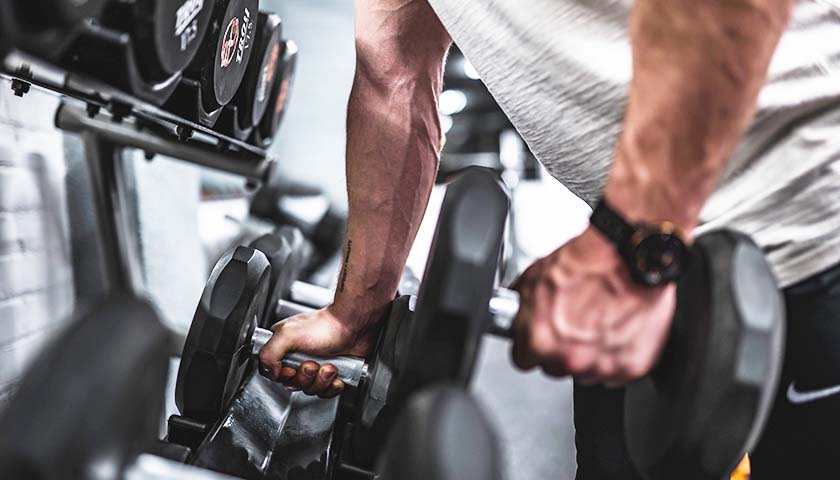Physical activity can do wonders for the body. Exercise can trim weight, chisel muscles, and strengthen the lower back, among many other benefits. Less overt, but no less consequential, physical activity can also buff up your brain. Science is increasingly revealing that the brains of those who regularly work out can look very different compared to the brains of people who don’t.
Changes can start to occur in adolescence. Reviewing the scientific literature in 2018, researchers from the University of Southern California found that for teens aged 15-18, regular exercisers tended to have larger hippocampal volumes as well as larger rostral middle frontal volumes compared to healthy matched control teenagers. The hippocampus is most commonly associated with memory and spatial navigation, while the rostral middle frontal gyrus has been linked to emotion regulation and working memory. Studies suggest that these structural changes translate to improved cognitive performance and better academic outcomes.
Read More
